CARN LLECHART: THE OLDEST MYSTERY IN PONTARDAWE
I received the three ‘Around Pontardawe’ books for Christmas. One thing in the books, which I had already understood from speaking with Clive Reed is that Pontardawe is a fairly new settlement. The book ‘200 Years of Pontardawe’ indicates this. Yet in the very first lines (of book 1) there mentions a stone circle on an old map; one still visible today.
I knew of no-such place and so entered ‘stone circle Pontardawe’ into google. Carn Llechart appeared in the hills a kilometre or so from Rhydyfro off the old road to Ammanford. I visited the site on a very cold and windy January afternoon. The Cairn itself dates to around 1500 BC and much of the spectacular view would have been similar back then as it is today; the sea to the West and the snowy Brecon Beacons opposite.
It is a clear and unmistakable stone circle. The largest stone is about 8 foot and approximately 2.5 ton in weight. As with Stonehenge the mind drifts to how they could move these stones? An estimated 50 people would be needed to shift the larger stones here, potentially less if they were using ropes, levers, rollers and ramps. But either way, there would need to be a clear and organised purpose, a lot of effort and a real desire to build it.
Which begs the question as to why it was built? And who were these organised people around Pontardawe 3,500 years ago?

Carn Llechart
Chris Collyer from stone-circles.org.uk says of the site “It is a strange place indeed, a late Neolithic or early Bronze Age circle of some twenty-two to twenty-five low stones that reminds me of those in Derbyshire but set close together forming an almost complete kerb in some places with a shattered stone lined cist towards the centre. What is unusual is that the circle stones are titled slightly outwards.”
“It has been suggested that the circle was indeed a kerb to a covering earthen mound. But what seems more likely is that this monument represents a mixture of ceremonial purposes at a time of change. The builders could have seen early stone circles. Perhaps elsewhere in Wales or further up the coast in Cumbria and decided to incorporate the idea into their own structures producing a hybrid circle or ring cairn. A similar arrangement exists at the site of Bryn Cader Faner in Gwynedd.”
David Ross has another theory, he wrote on britainexpress.com that the site “may be all that remains of a burial mound dating to about 1500 BC. The cairn holds a burial cist and is thought to be the largest in Wales.”
“What makes Carn Llechart so striking is that the kerb stones have been arranged at an outward angle to create a ‘crown of thorns’ effect. In the centre of the cairn is a cist, or box formed of small stone slabs. The cist was originally topped by a large stone slab, but this has been lost. The cist was originally covered by a large cairn, or mound of earth.”
What are Stone Circles?
There has been much analysis and debate about similar monuments. No simple explanations have emerged. The original purpose of the stone ring monuments has been widely debated by archaeologists for several centuries.
Stone circles typically show very little evidence of human visitation during the period immediately following their creation. Which suggests that they were not sites used for rituals that left archaeologically visible evidence. They may have been deliberately left as silent and empty monuments. Some archaeologists suggest that in Neolithic Britain, stone was associated with the dead and wood with the living.
Richard Bradley in his book ‘the Prehistory of Britain and Ireland’ noted that this interpretation was “consistent with the archaeological evidence from Britain”, where evidence for feasting and other human activities have been found at a range of timber sites but not at their stone counterparts. At the latter sites, there has been evidence of human remains. Bradley suggested that the stone circles may have been spaces “devoted to the dead”. Other archaeologists have suggested that the stone might not represent ancestors. But rather other supernatural entities, such as deities or gods.
Decay
An issue with understanding stone circles is that only the stone remains. We may never know whether these stones were always just stone or a part of a wooden and/or earth structure. Which would help in finding out its desired purpose.
What Chris and David both agree on, which fits with other finds is the date Carn Llechart was built. Both trace it back to the Bronze Age and around 1500BC. Our understanding of Wales during this time has changed over recent decades and even more so in the last few years.
The previous belief was of a hostile era where ‘foreign’ tribes were constantly at war. However, it is now understood that it was far more peaceful, with regular trade and communications between not only fellow Welsh tribes or even British tribes but from tribes from parts of mainland Europe and Ireland as well.
This change in our understanding of Bronze Aged Wales adds further possibilities to our site in Pontardawe and of who built it.
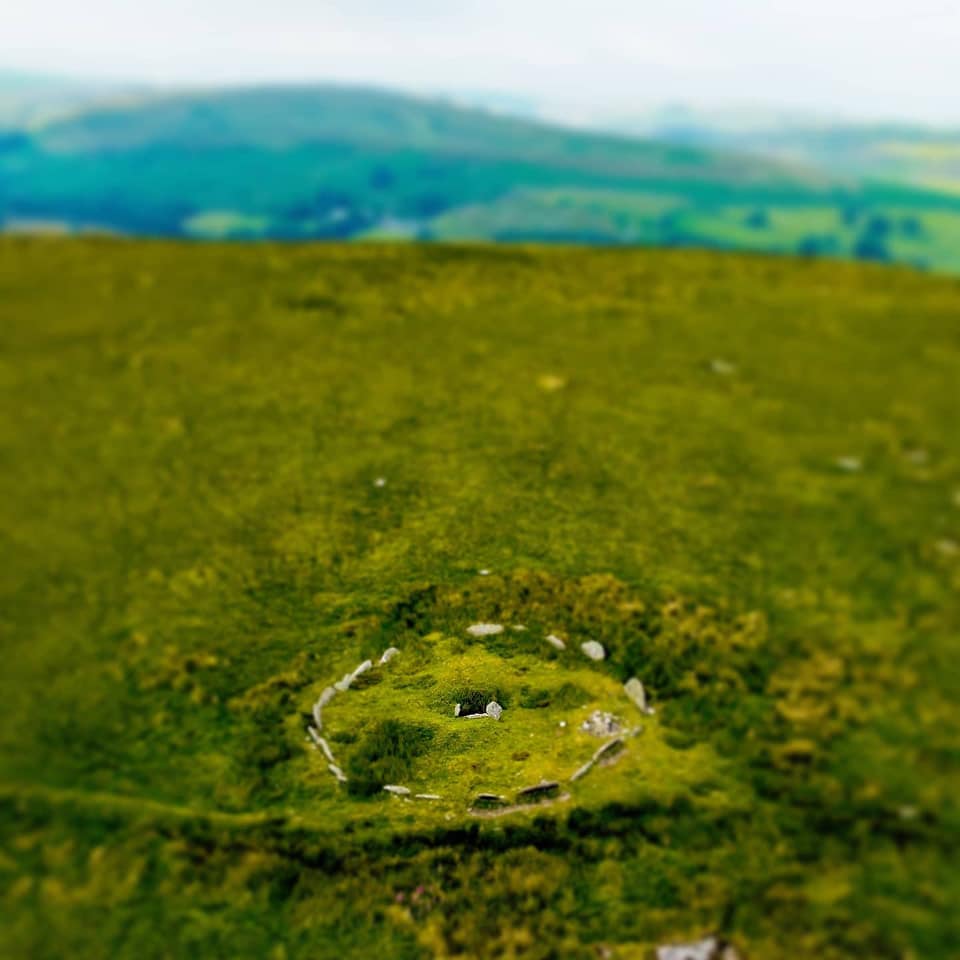
The Beaker People
Around 2000 BC, 500 years before our estimated Cairn was created, a new pottery style arrived in Great Britain. It is a period known as the Beaker culture, named after the pottery itself. The pottery, is the traditional early big round drinking beaker. The earliest such pottery can be traced back to 2700BC and was discovered in modern day Portugal.
These discoveries and the scientific method in being able to date these finds led historians to theorise that the art of pottery spread via the movement of people. The new style of pottery worked its way through Europe, into Spain, France, Germany, Poland and over to our shores.
The Beaker culture also brought the skill of refining metal to Great Britain. At first copper, but from around 2150 BC smiths had discovered how to make bronze. With this discovery, the Bronze Age began in Great Britain.
Changes
It was not just new skills which the Beaker people brought here. There were notable behavioural changes at this time too. Back on topic with our site in Pontardawe, the Beaker culture changed the ways that people buried the dead (which until this period had usually been communal) to becoming more individual.
Previously, a large chambered cairn or long barrow was used to house the dead but the ‘Early Bronze Age’ saw people buried in individual barrows or as we may see here in Carn Llechart, a cist which is covered with cairns.
Often the deceased were buried with a beaker full of liquid to ease the journey to the next life (well this is one theory). There has been evidence of beer and mead within some jars found in Cists from Scotland. Men and Women were mostly treated the same, interestingly the only difference was that men tended to be buried facing the East, and women facing West. So, one had sun rise and the other sun set.
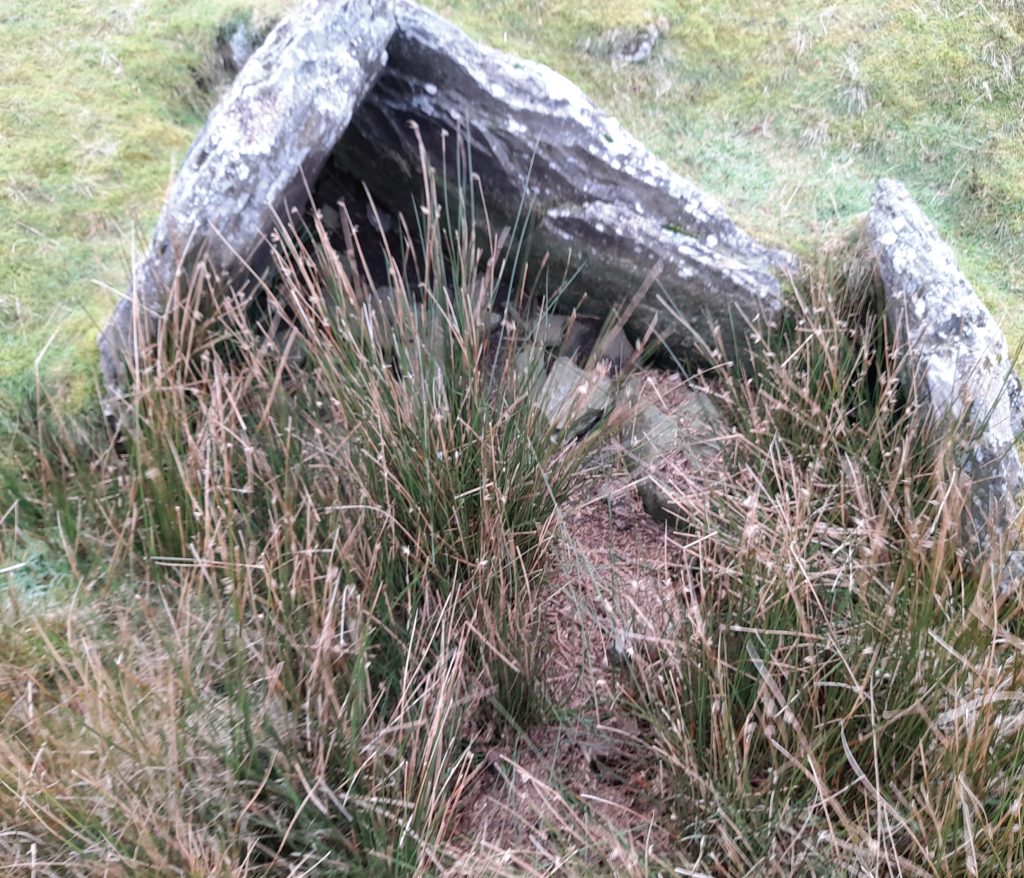
Who Built Carn Llechart?
If Carn Llechart was built around 1500BC then an influence from the Beaker Culture is almost certain and its purpose could have been as an individual burial cist covered with cairns as David Ross thought on visiting the site.
There is a clear merger of cultures over this time in Britain. It is thought that the Beaker people themselves built Stonehenge but many stone circles around the UK pre-date the Beaker culture. There are also far more stone circles in the UK than in other areas of Europe where the Beaker culture was strong. This suggests that it was the Neolithic British habitants who introduced the Beaker people to stone circles and not the other way around. The Beaker people then adopted and adapted the circles into their own culture. Although, this is also disputed by some historians.
What we do know is that the cultural change at this time in Britain was huge and another debate amongst historians has been whether the change was simply the passing of information or whether it was more of a change of the people living here.
Beaker Remainers
We know that the ‘Beaker People’ of mainland Europe came to the British Isles but with modern science, we also know that not all returned. Around the site of Stonehenge for example, scientists have traced tooth enamel from some of those buried nearby to modern day Switzerland.
So how many stayed? Were the Beaker people a race of people who migrated to Britain en masse from the continent or did they simply share their cultural “package” of goods and behaviour which spread to us here in Pontardawe?
New Evidence
A 2017 study seems to have put an end to the debate. It showed a major genetic shift in late Neolithic/early Bronze Age Britain, so that more than 90% of Britain’s Neolithic gene pool was replaced with the coming of a people genetically similar to the Beaker people of the lower-Rhine area in West Germany.
This indicates that around 4,000 years ago, large numbers of Beaker people came to these shores and settled here for good. Many historians believe that it was the early Beaker people who brought the Celto-Italic languages here too.
We are unlikely to ever know the exact answers to many questions about our earliest site. The first examples of writing on these shores were in Scandinavian, written on stone over 1500 years later. There is little written of the battle of Hastings 1000 years after that. We are left with archaeological discoveries and trying to understand its findings.
Local Evidence
Just last year, archaeologists discovered an ancient Beaker site in the Cwmcelyn Valley in Blaenau Gwent. Finding numerous places of interest linked to the Beaker culture throughout the valley, dating back to 2000 BC.
If Carn Llechart was built around 1500 BC then it would have been built with a merger of ideas and of people from across Europe. Over the 500 years after the Beaker people settled here, they simply fused into our ancestors.
What the site was built for, we may never know. But I like to look at it today as a collaboration of ideas and cultures from people of different tribes and countries and to think maybe they were not as pre-historic as we like to think.
One thing is for sure, our oldest man-made site near Pontardawe was built by people who had an incredibly good understanding for a spectacular view.


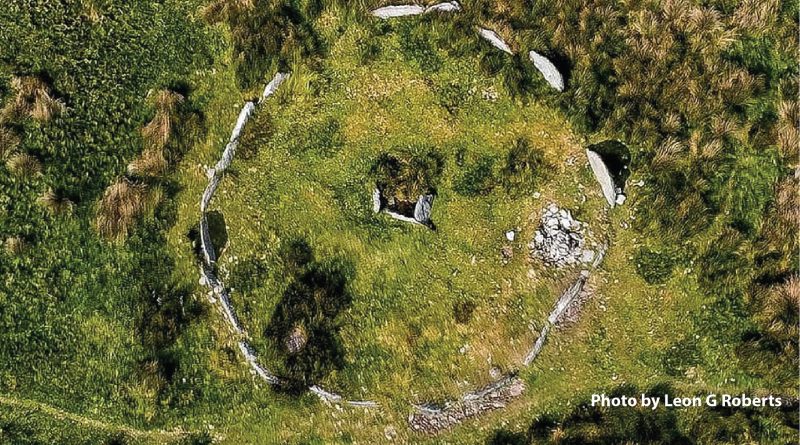
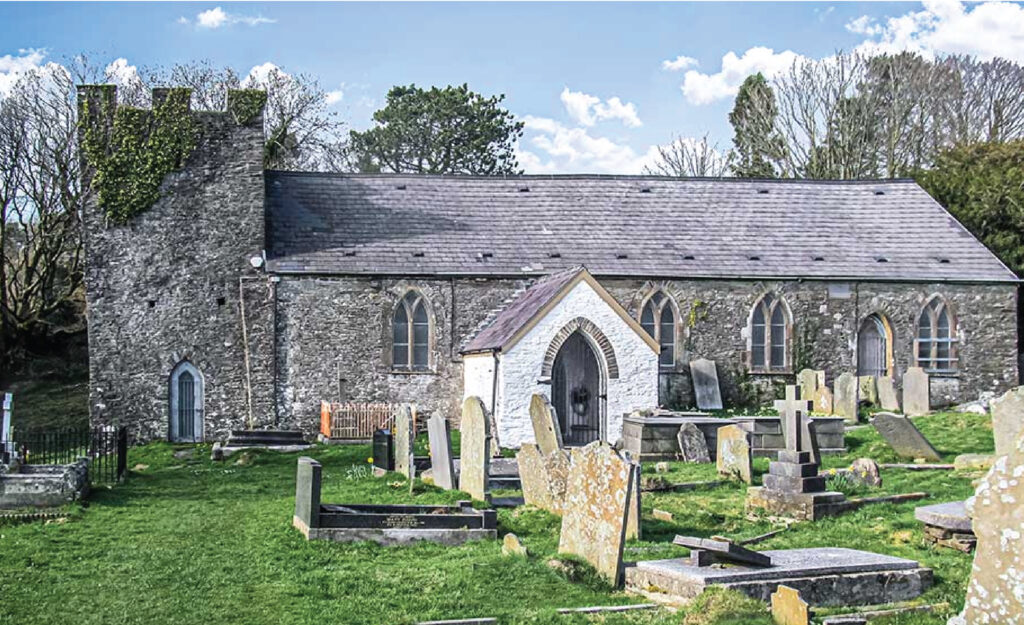


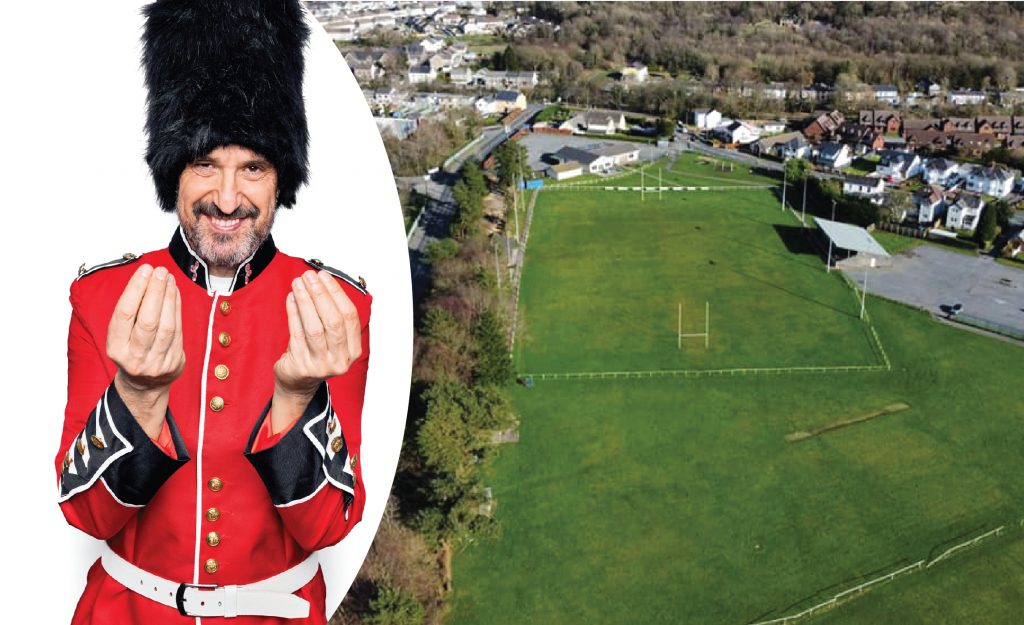

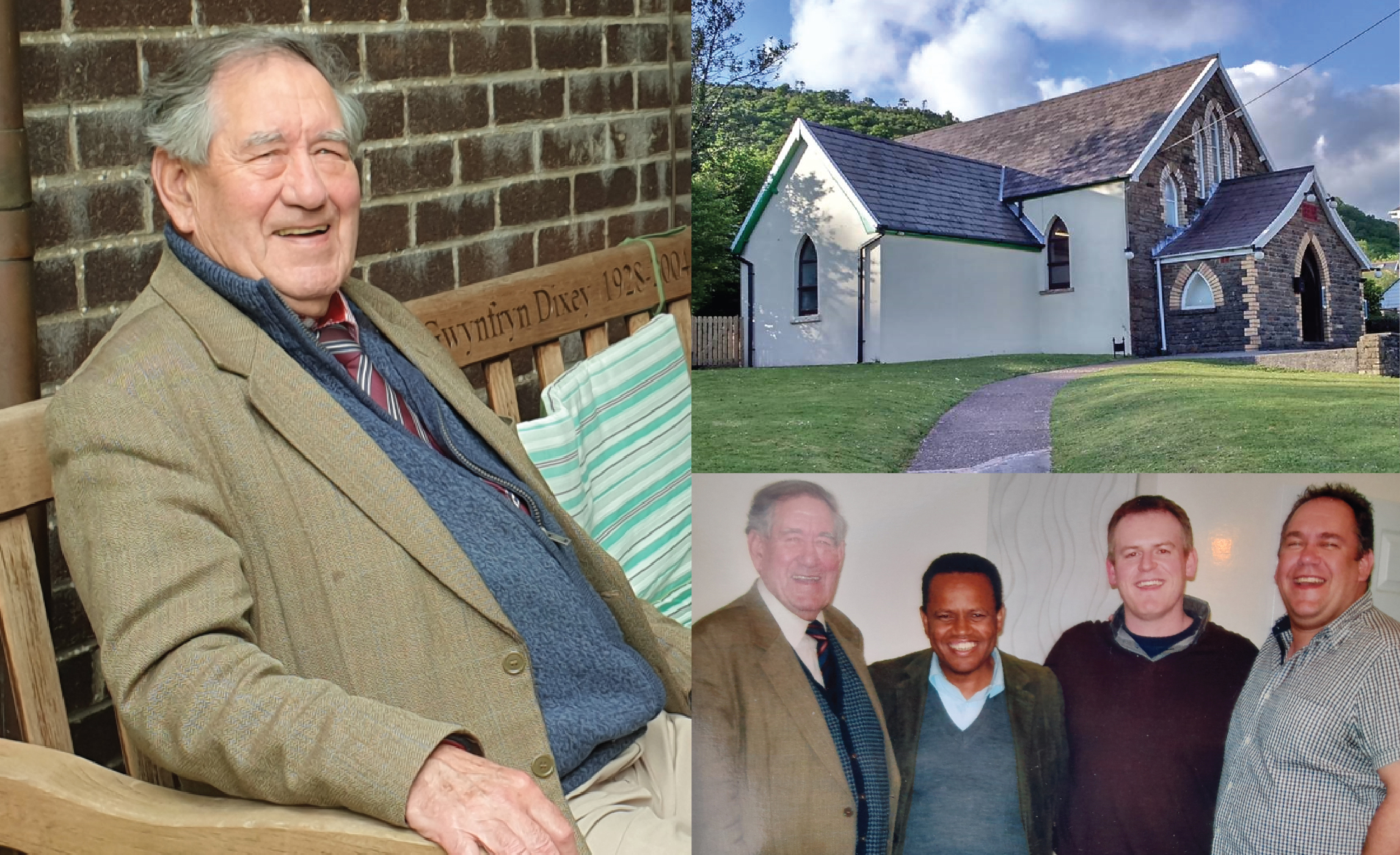
I went up there with 2 others as a friend did a reading saying that someone had turned the area of the stones with a dark ritual, so we took holy water salt in it in a spray bottle, sprayed the outside of the stones , marked a cross with the holy water, then threw small amethyst and quartz crystals into the circle. Now the horses wouldn’t come near the circle, so a person who sees spirit said there’s an old man in the circle, so better not enter yet , we did a prayer and she said he’s allowing us in , the horses came down and into the circle, now 2 psychic investigators went in the circle and were physically thrown out in the air, obviously the weren’t respectful to the circle, I spoke a odd women who said did you leave a offering I said yes I put a large quartz Crystal in the centre , she said you didn’t leave an offering of some blood , I said no wonder the energy was dark if idiots like you play dangerous games with the spirits , let’s say she didn’t like my opinion, well tough I believe in the light and will always push the dark away
Pingback: HEAP OF BONES & ANCIENT CELT FOUND ON MYNYDD DRUMAU